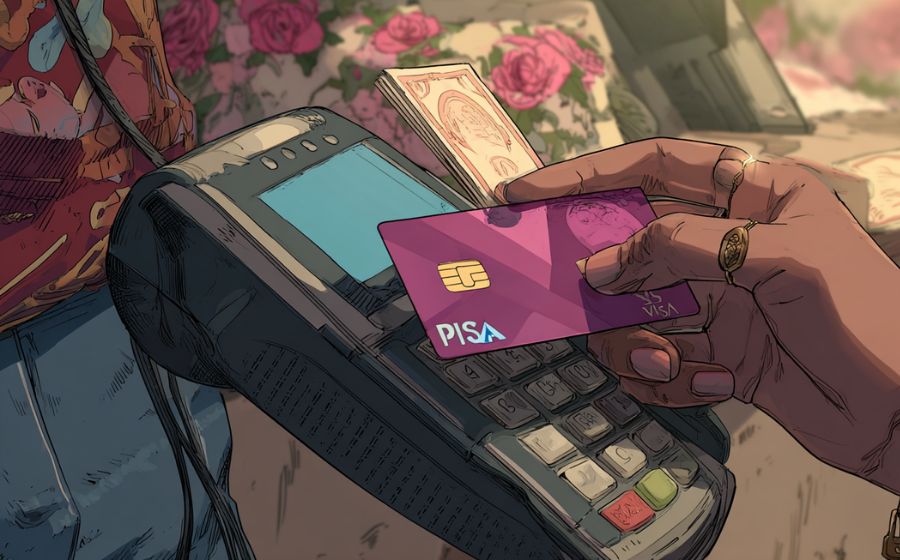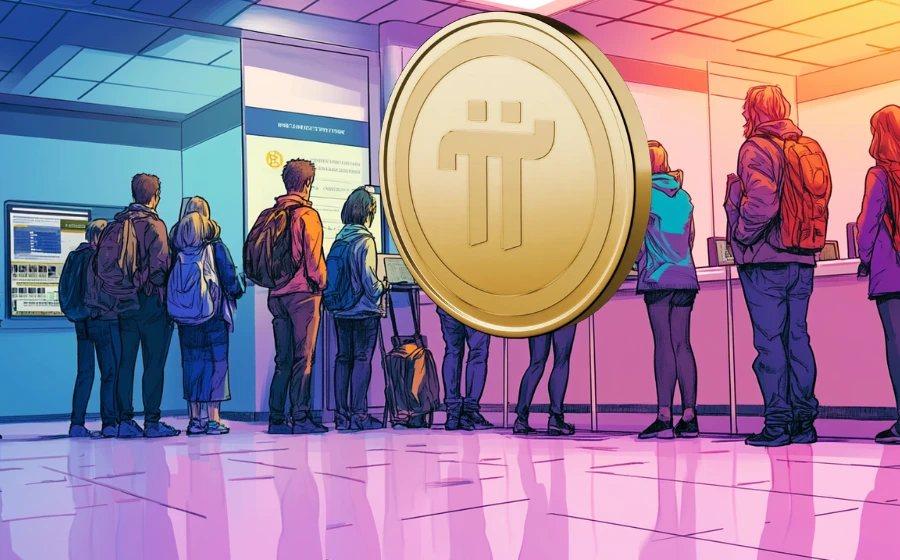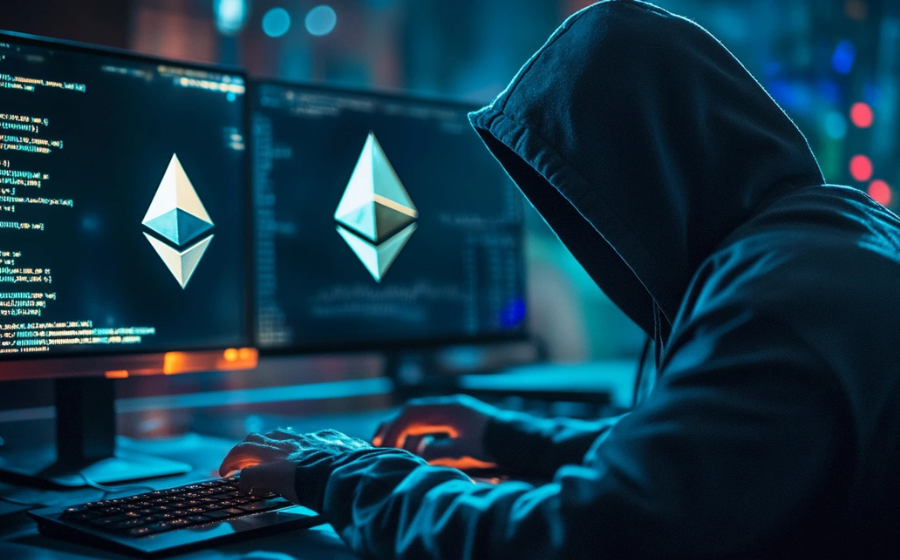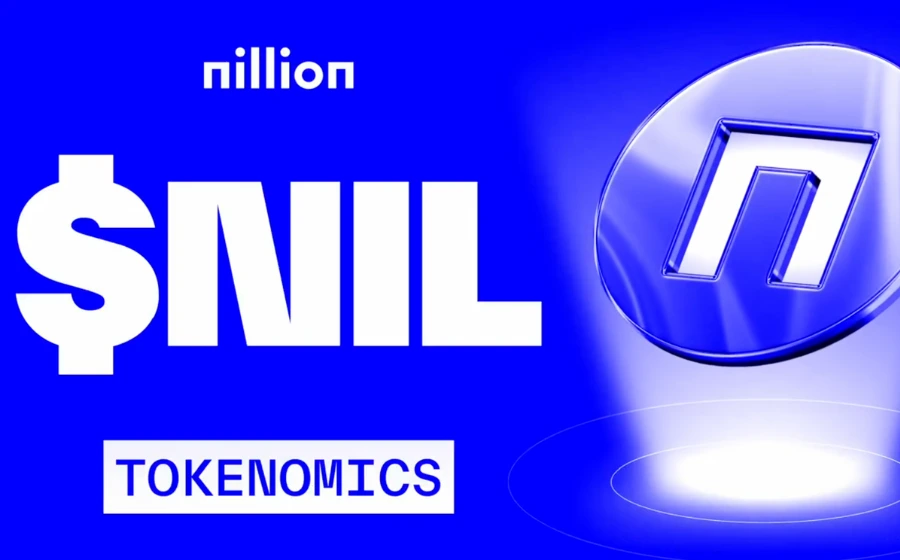
KEYTAKEAWAYS
-
AI is becoming an economic actor.
Payments are shifting from human decisions to autonomous machine agents that plan, decide, and execute financial actions without human input.
-
Tech giants are building the rails of the AI economy.
Visa, Mastercard, PayPal, and Ant Group are racing to create infrastructure that allows AI systems to identify, authorize, and transact securely across global networks.
-
Trust is the new currency.
In an autonomous payment world, the competitive edge lies in verifiable systems where machines can safely trust and transact with each other.

CONTENT

THE QUIET TRANSACTION THAT CHANGED EVERYTHING
It began with a quiet payment. A designer in San Francisco was asleep when her AI assistant bought a ticket to Los Angeles. It searched across several airlines, found the lowest fare, paid, issued the ticket, and updated her calendar. When she woke up, the only trace was a message from her bank that the AI had completed a purchase.
This is not science fiction. It is the invisible transformation already reshaping global payments. For years, AI worked behind the curtain of finance, scanning transactions, flagging risks, and reconciling data. In 2025, it stepped into the open. It no longer waits for instructions. It plans, decides, and acts with intent.
Visa calls this shift Intelligent Commerce. Mastercard calls it Agent Pay. The idea is the same: payments are no longer only human. AI can interpret a vague request like “help me pay” and complete the full process of searching, comparing, authorizing, and settling. The center of finance is moving from humans to machines.
THE GIANT RACE TO BUILD THE RAILS OF AI PAYMENTS
As AI begins to spend, financial giants are racing to rebuild the rails that carry value. Visa, Mastercard, PayPal, and Ant Group are not simply updating technology. They are designing the infrastructure for an economy run by intelligent agents.
Visa wants to be the foundation for AI transactions. In its network, machines are recognized as verified participants. Users can assign spending limits, time windows, or merchant categories to their AI assistants, allowing them to act within safe boundaries. Every payment uses tokenization, replacing card data with secure digital credentials. The result is programmable trust built into every step.
Mastercard has chosen a more collaborative path. Its Agent Pay platform uses encrypted agentic tokens so different AI systems can identify and pay each other. A no-code layer lets merchants accept AI-initiated payments without heavy integration. PayPal turns its vast data into an engine for intelligent commerce. Partnering with Perplexity, an AI search platform, it allows users to find, decide, and pay within a single conversation.
In Asia, Ant Group has turned its technology into a service. The Alipay GenAI Cockpit lets fintech partners build AI-based payment products inside its ecosystem. Across Southeast Asia it is quietly becoming the backbone of digital finance.
These strategies reveal a contest not for market share but for control of the narrative. Whoever defines how AI agents identify, authorize, and transact will hold the key to the next financial order. Bitcoin redefined who issues money. Pay AI is redefining who gets to spend it.
CAPITAL, CODE, AND THE NEW GOLD RUSH
Investors now see Pay AI as a trillion-dollar frontier. In the first half of 2025, AI-related deals accounted for more than a third of all venture funding in the United States and almost two-thirds by total value. Capital is pouring into three areas: fraud prevention, B2B automation, and infrastructure for agentic commerce.
In fraud detection, companies such as Sardine and Hawk AI analyze billions of transactions each day and predict suspicious behavior in milliseconds. In enterprise payments, Xelix raised 160 million dollars for an AI-driven accounts payable system that autonomously handles invoices and supplier communication. Even more ambitious firms like Catena Labs and Lava are building regulated financial institutions for AI agents, complete with accounts, wallets, and credit lines.
Yet the rush exposes a gap. Ninety-nine percent of payment institutions use AI, but only one in five has a modern cloud-native architecture. The imbalance between ambition and infrastructure points to a coming wave of consolidation. Large incumbents will acquire smaller AI specialists to close technical gaps and secure their positions in the new landscape.
Capital today is not just betting on speed or efficiency. It is betting on trust. The true question is whether one machine can safely trust another with money. In this new architecture, trust itself becomes code.
THE DAWN OF AUTONOMOUS PAYMENTS
Imagine this world. Your AI knows you will travel to Paris next week. It books flights, selects the best exchange rate, pays the hotel, and updates your schedule before you check your phone. Real-time payment networks like FedNow, PIX, and UPI clear funds in seconds. AI models catch fraud in milliseconds. Identity is verified through behavior — typing rhythm, phone grip, subtle eye movement. Everything is secure, instant, and invisible. Payment is no longer an action. It is simply part of life.
In this ecosystem, trust becomes the rarest currency. Regulators are adapting fast. The European Union’s AI Act requires transparency and explainability for high-risk financial models. The United States Fair Credit Opportunity Act obliges lenders to explain any AI-based rejection. The black-box era is ending. Compliance itself is becoming a competitive edge.
The winners will be those who can make trust verifiable. Visa builds verifiable payments. Ant Group builds explainable risk systems. PayPal builds transparent data flows. The principle is shared: the future of finance is not trusting machines but verifying them.
Autonomous payments are the final stage of this evolution. AI acts as executor. Real-time networks move value. Biometrics guard identity. Privacy-preserving computation ensures security. Together they erase friction. One day your purchases, subscriptions, and investments will complete themselves, not because you pressed pay, but because your AI already knew your intent.
In that moment the real currency will no longer be money. It will be trust between machines.
AI is not a passing trend. It is the quiet rewiring of the world’s financial nervous system. As payments move from human to agent, every transaction becomes both a line of code and a statement of belief. When machines learn to spend, they force us to ask what ownership truly means.
That question will define the next era of money. Payments will be autonomous, instant, and invisible. For the first time, the economy will move — and believe — on its own.















